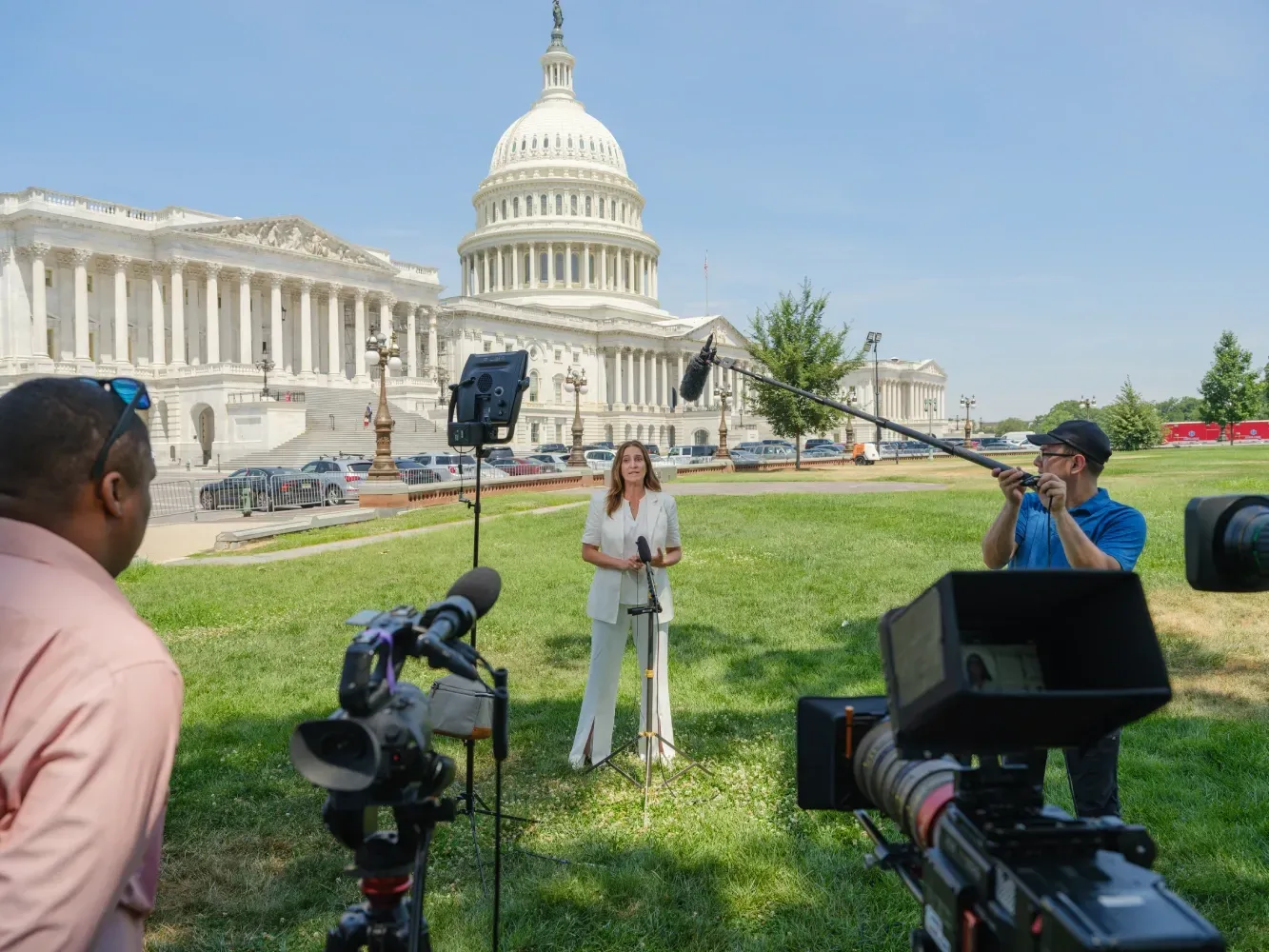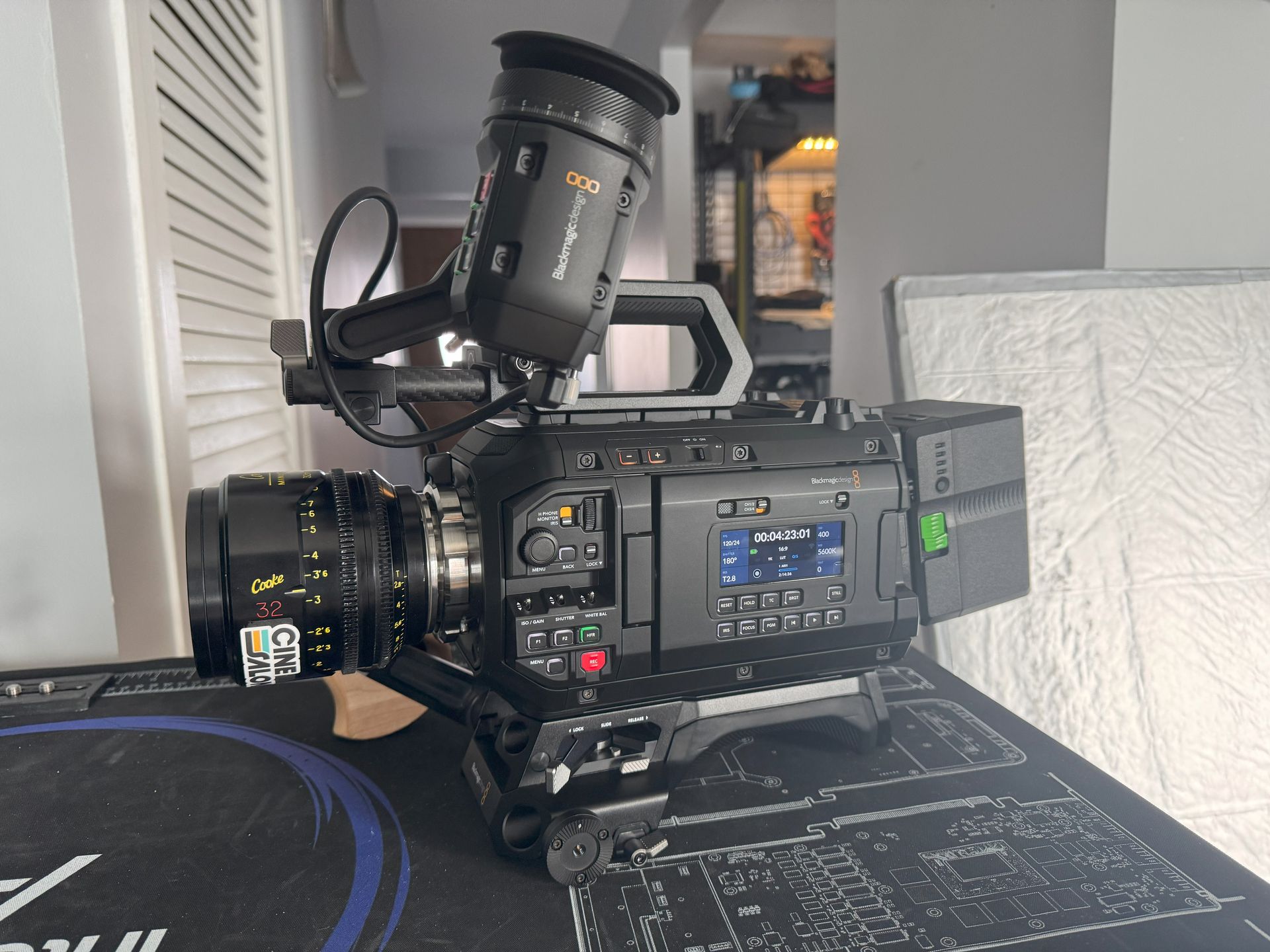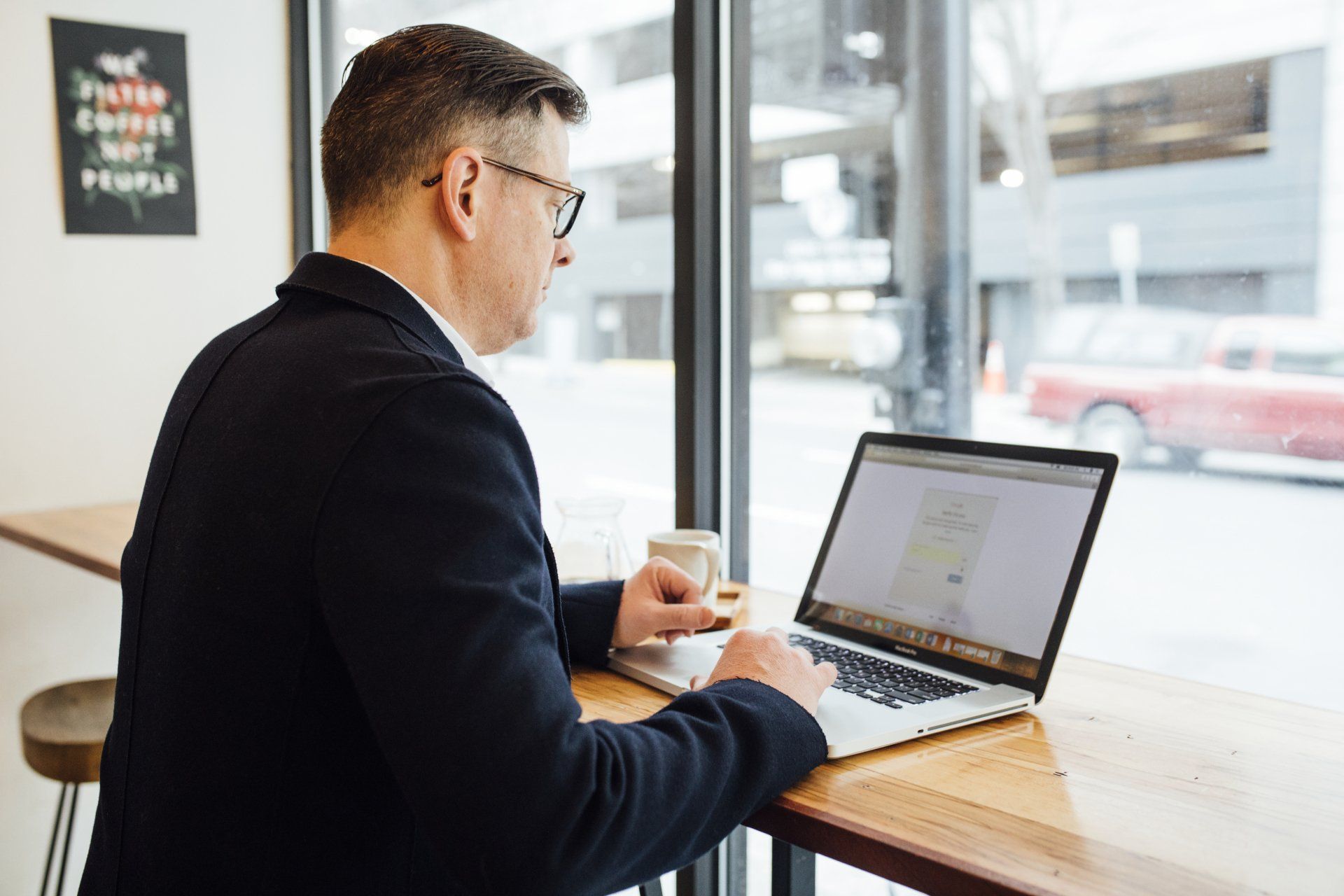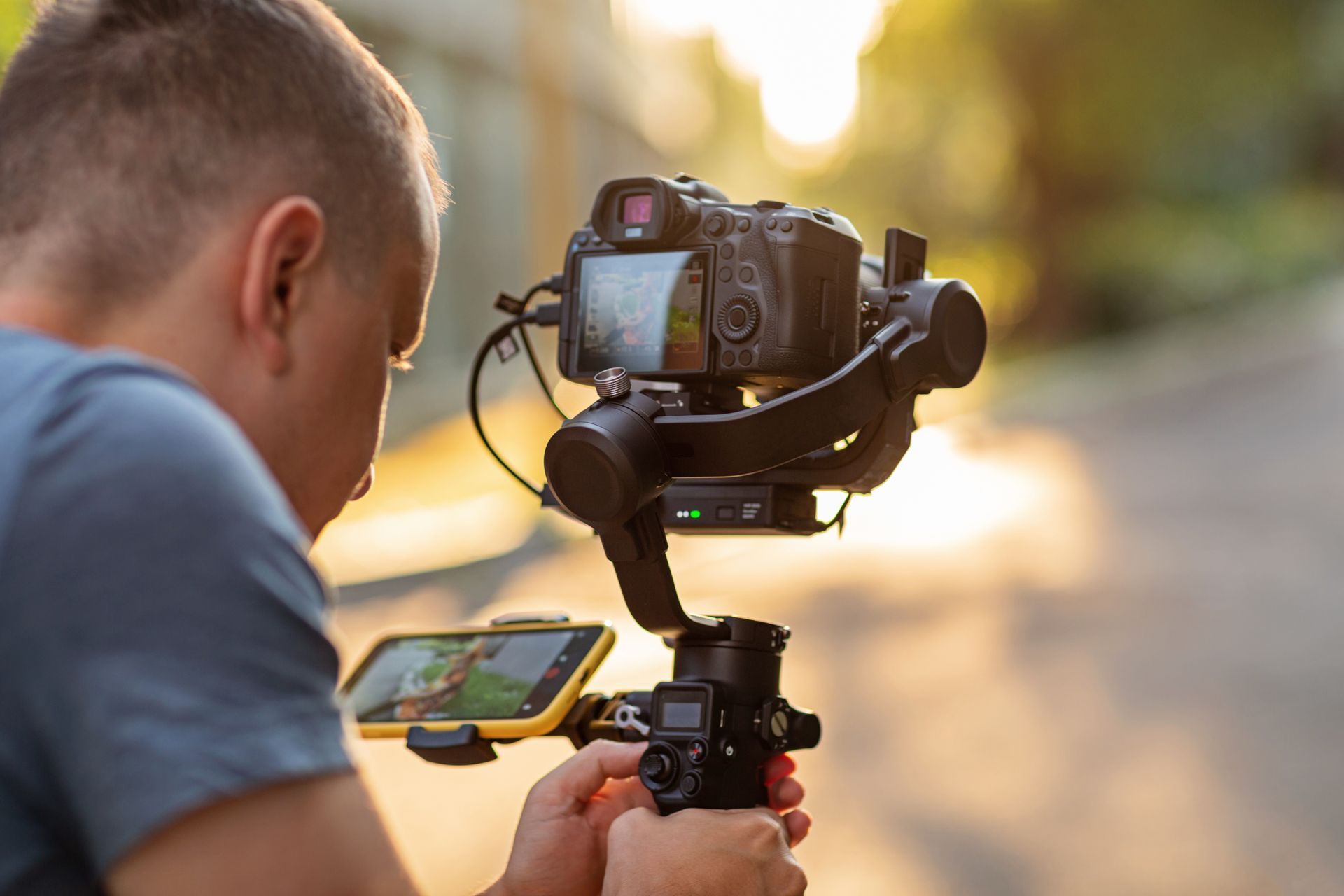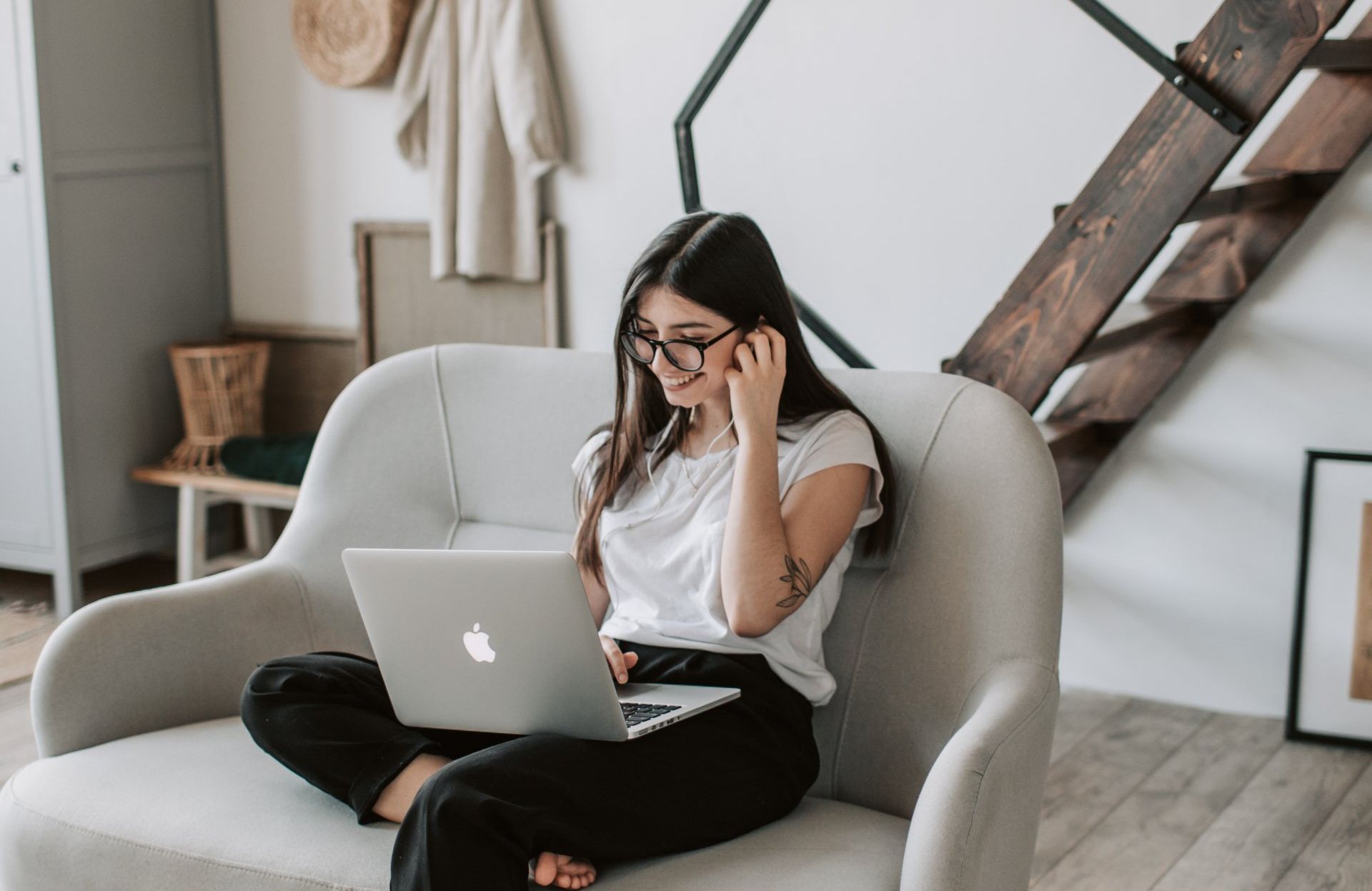Understanding the intricacies of filmmaking is akin to deciphering an elaborate visual language that speaks volumes through the lens of a camera. Central to this language are film shot types, the diverse techniques filmmakers employ to frame and compose scenes. These shot types are not just technical nuances but powerful tools that wield the ability to shape narratives, evoke emotions, and captivate audiences. This comprehensive guide will delve deep into film shot types, unraveling their significance and illuminating their impact on storytelling.
What are film shot types?
Film shot types encompass diverse approaches to framing and composition within a scene. These variations arise from factors such as the camera-to-subject distance and the camera angle.
Why are film shot types important?
Establishing Atmosphere and Setting
With their sweeping vistas and grandeur, wide shots serve as the first brushstroke on the story's canvas. By employing a wide shot, filmmakers present the physical setting and imbue it with a unique mood. Whether it's the awe-inspiring beauty of a serene countryside or the gritty urban sprawl of a dystopian future, the wide shot encapsulates the essence of the world. It invites the audience to enter this unfamiliar realm, setting the stage for unfolding the narrative.
The Dynamics Between Characters
Medium shots, capturing characters from the waist up, perfectly balance intimacy and context. By focusing on facial expressions and body language, these shots invite the audience to engage with the characters personally. The subtlest gestures, a knowing glance, or a shared smile become amplified under the medium shot's lens. Through this shot type, viewers can witness the dynamics between characters, explore their inner worlds, and forge connections with the on-screen personas.
Creating Mood and Tone
Close-ups, the storyteller's most intimate confidant, capture the essence of emotions with unparalleled precision. Zooming in on specific features, they reveal the intricacies of the human experience. Close-ups, from tear-filled eyes to the tender caress of a hand, elevate emotions to the forefront. They establish a space where the audience immerses themselves in the character's essence, experiencing joys, sorrows, and revelations. The selection of a close-up can profoundly shift the scene's tone, ranging from heartwarming tenderness to heart-wrenching despair.
Different types of film shot types
There are many different types of film shot types, but some of the most common include:
1. Extreme Long Shot (ELS)
An extreme long shot, often abbreviated as ELS, is a cinematic brushstroke that showcases an expansive view of the scene. It captures the broader canvas of the narrative, revealing the entire setting and environment. ELS is the filmmaker's tool for establishing the grand scope of the story or emphasizing the profound relationship between a character and their surroundings. The shot type sweeps audiences into the world in all its splendor.
Long Shot (LS)
A long shot, or LS, is the cinematic language used to introduce characters or objects in their entirety. This shot type encompasses the whole body of a character or the subject in question. It offers a balanced view, showing who they are and their physical actions and movements within the scene.
Medium Long Shot (MLS)
The medium long shot, often abbreviated as MLS, is the choice for capturing characters from the waist up. This technique strikes a delicate equilibrium between intimacy and context, giving viewers a peek into the character's physicality and surroundings. Yet, the primary focus lies on facial expressions and body language.
Medium Shot (MS)
The medium shot, or MS, zooms in further, framing a character from the middle of the chest upward. Much like the MLS, this shot type centers on facial expressions and reactions. It provides a more intimate view of the character, enabling viewers to connect with their emotions and responses.
2. Close-Up (CU)
A close-up, or CU, is the cinematic key to a character's inner world. It zooms in on their face, capturing every nuanced emotion and fleeting thought. In this intimate shot, the character's expressions become a canvas that reveals their joy, sorrow, or introspection. The close-up is the shot type that allows viewers to connect deeply with a character's soul, making their emotions palpable.
Imagine a scene where a character receives heartrending news, and the camera pans in for a close-up of their tear-filled eyes. The audience shares in the character's grief, feeling their emotions intensely personally.
Extreme Close-Up (ECU)
For moments of heightened tension and emphasis on minute details, the extreme close-up, or ECU, takes center stage. This shot narrows its focus to an almost microscopic level, isolating a small part of a character's face, such as their eyes or mouth. This unique perspective is a masterstroke in building suspense and emphasizing crucial details.
Picture a thriller where the protagonist discovers a hidden message. An ECU on their trembling fingers as they unfold a tiny, cryptic note creates an atmosphere of unease and intrigue, enhancing the narrative's suspense.
3. Point-of-View Shot (POV)
The point-of-view shot, often abbreviated as POV, serves as the audience's portal into the character's viewpoint. It enables viewers to enter the character's shoes and perceive the world from their vantage point. This shot type engulfs the audience in the character's encounters, vividly depicting what nature is observing.
In a suspenseful action sequence, a POV shot can place the audience directly in the character's adrenaline-pumping escape, making them feel like an active participant. It's a shot type that bridges the gap between the audience and the character's journey.
4. Over-the-Shoulder Shot (OTS)
The over-the-shoulder shot, known as OTS, is a brilliant tool for showcasing conversations and character interactions. This shot type situates the camera behind one character, with the other in the foreground. It captures the essence of the exchange, allowing viewers to connect with both characters simultaneously.
5. Dutch Angle
A Dutch angle, characterized by a tilted camera, is a shot type that wields the power to create a sense of unease or disorientation. It tilts the world within the frame, disrupting the viewer's perception of reality. Dutch angles often depict moments of tension, confusion, or psychological turmoil.
6. Canted Angle
The canted angle, similar to the Dutch angle, tilts the camera, but this time to one side. It serves as a visual tool to convey unease, emphasize specific details, or create a unique visual language within the narrative.
7. Crane Shot
A crane shot is a testament to the grandeur and artistry of filmmaking. This shot is taken from a crane, allowing dramatic and sweeping camera movements. It can soar above the scene or swoop down precisely, creating an awe-inspiring visual experience.
Imagine a historical epic where a crane shot gracefully descends from the sky to reveal a majestic castle nestled amidst a lush valley. The audience is treated to a breathtaking vista, and the castle's grandeur is established with a sense of scale and majesty.
8. Dolly Shot
A dolly shot is a cinematic ballet of movement where the camera glides toward or away from the subject. This shot creates a sense of depth, emphasizing specific details or guiding the audience's focus. The camera physically moves on a dolly, a wheeled platform, to achieve this graceful motion.
In a suspenseful thriller, a dolly shot might draw viewers closer to a mysterious briefcase on a table. As the camera gently moves in, the audience becomes acutely aware of the object's importance and intrigue, building suspense and anticipation.
9. Tracking Shot
A tracking shot is a masterful performance of camera work, where the camera follows a subject as they move through the scene. It creates a sense of movement and dynamism, allowing the audience to journey alongside the character.
In an action-packed chase sequence, a tracking shot can follow the protagonist as they dash through a bustling city street. The camera's movement accentuates the adrenaline, making the audience actively participate in the high-octane pursuit.
10. Pan
A pan is when a camera sweeps left or right. It's a versatile shot type used to follow a subject's lateral movement or to reveal a wide area. Pans provide a dynamic sense of the surroundings.
Picture a wildlife documentary where a pan shot elegantly follows a magnificent herd of elephants as they graze across the vast savannah. The camera's movement showcases the majesty of these creatures and the expanse of their habitat.
11. Tilt
A tilt is when you direct the lens up or down. It's often used to follow a subject's vertical movement or to showcase a tall object, such as a skyscraper or a towering mountain.
In a documentary about a rock climbing expedition, a tilt shot can trace the climber's ascent up a towering cliff. The audience is drawn into the thrilling journey as they scale the imposing heights, capturing the essence of the adventure.
12. Zoom
A zoom shot is a cinematic technique where the camera lens adjusts to make the subject appear larger or smaller. It's a powerful tool to focus on specific details or create a sense of suspense and excitement. Unlike other shots involving physical camera movement, zooming is achieved through the lens.
Consider a suspenseful thriller where a character discovers a mysterious, ominous detail in a photograph. A dramatic zoom into the photograph's detail heightens the intrigue and unease, leaving the audience on the edge of their seats.
How to choose the right shot type for your scene
1. The Purpose of the Shot
Before choosing a shot type, it's crucial to articulate the shot's intended purpose within the scene. Clearly defining the shot's goal is the first step in selecting the right shot type.
2. The Mood and Tone of the Scene
The mood and tone of a scene are crucial in creating the desired atmosphere. Do you aim to invoke tension, romance, excitement, or melancholy? The choice of shot type can play a pivotal role in setting the scene's emotional backdrop. It's essential to align the shot with the intended mood to create a harmonious visual experience.
3. The Relationship Between the Characters
Characters are the heart of any narrative, and the shot type can be used to illustrate the dynamics between them. Are they in conflict, love, or a profound conversation? Selecting the right shot type helps convey the essence of their relationship and the emotions they share. This choice allows the audience to connect deeply with the characters and their interactions.
4. The Overall Look and Feel of the Film
The visual style of a film is a guiding principle that influences the choice of shot types throughout the storytelling. Are you aiming for a classic, elegant look or a modern, dynamic approach? The shot types you choose contribute to the overall aesthetic, shaping the audience's visual experience.
A Breakdown of Selecting the Right Shot Type
Now, let's dive into a detailed breakdown of how to choose the right shot type for different purposes, using the guidance of our considerations:
To Establish the Setting of a Scene: ELS or LS
When your goal is to immerse the audience in the world of your story, the choice of shot type can be instrumental. An extreme long shot (ELS) or a long shot (LS) paints a vivid canvas, showing where the scene unfolds. It's a visual compass, ensuring the audience clearly understands the context and location.
To Introduce a Character: LS or MLS
Character introductions are pivotal moments in storytelling. The shot type selected should be effective in unveiling the character's presence. A long shot (LS) or a medium long shot (MLS) can encompass the character's figure, showcasing them within the scene and allowing the audience to connect.
To Show a Character's Emotions or Thoughts: CU or ECU
When you must immerse the audience in a character's inner world, the close-up (CU) or extreme close-up (ECU) is your ally. These shots focus on facial expressions and body language, unveiling the character's emotions and thoughts with unparalleled intimacy.
To Create Suspense or Excitement: Zoom or Montage
Creating tension, suspense, or excitement often involves dynamic visual storytelling. A zoom shot that magnifies a specific detail or a fast-paced montage that combines different shot types can heighten the audience's emotions, building suspense and excitement.
To Create a Sense of Unease or Disorientation: Dutch Angle or Canted Angle
Moments of unease or disorientation demand a shot type that mirrors the character's experience. The Dutch or canted angle introduces a visual twist, evoking a sense of instability and discomfort, aligning the audience's perspective with the character's.
Examples of how different shot types can be used
1. The Lord of the Rings
Peter Jackson employs an extreme long shot (ELS) to submerge the audience into the captivating realm of Middle-earth. The ELS unveils the expansive and picturesque landscape, establishing the ambiance for the awe-inspiring adventure ahead. The shot serves as an invitation, inviting viewers to embark on a grand journey through an expansive realm.
2. The Shining
Stanley Kubrick, a master of visual storytelling, utilized a medium shot (MS) in the famous "Here's Johnny!" scene from "The Shining." The image captures the intensity of his growing madness by focusing on Jack Torrance's face. The proximity to the character's expressions and reactions immerses the audience in the disconcerting atmosphere of the scene, intensifying the sense of horror and impending danger.
3. Pulp Fiction
Quentin Tarantino's "Pulp Fiction" is known for its bold storytelling, and in the scene where Vincent Vega shoots Marvin in the face, Tarantino uses a close-up (CU) to create a visceral impact. The CU zooms in on Marvin's face, capturing the graphic violence and shock of the moment. It's a shot that leaves a profound imprint on the audience, evoking a visceral response and adding to the scene's intense drama.
Additional Tips for Choosing the Right Shot Type
Consider the Relationship Between Shot Type and Camera Angle
The connection between shot type and camera angle is dynamic. For instance, a Dutch angle can create unease or disorientation but can also emphasize a character's power or dominance. Experimenting with this relationship can yield powerful results.
Think About Pace and Rhythm
The choice of shot type can influence the pace and rhythm of a scene. Quick cuts between different shot types can create excitement and dynamism, while a slow dolly shot can build suspense and anticipation. Understanding this interplay enhances the storytelling.
Embrace Experimentation
Filmmaking flourishes through experimentation. Embrace the opportunity to explore various shot types without hesitation and find what resonates best with your narrative. The creative process is an expedition of discovery.
Conclusion
Film shot types are cinematic language, a palette that allows directors to communicate their ideas, emotions, and storytelling profoundly. By understanding the nuances of shot types and the creative choices that underpin them, filmmakers can craft visually compelling and emotionally engaging films. Whether used to establish vastness, unveil madness, or create shock and violence, the symphony of shot types breathes life into the visual narratives that captivate and inspire audiences worldwide.
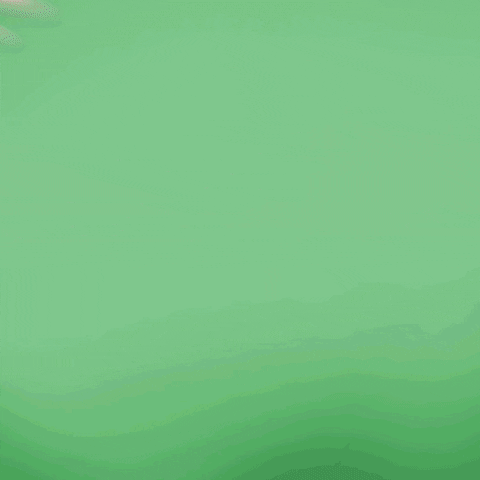
Get total clarity on your video marketing and paid media with our FREE comprehensive data audit.

